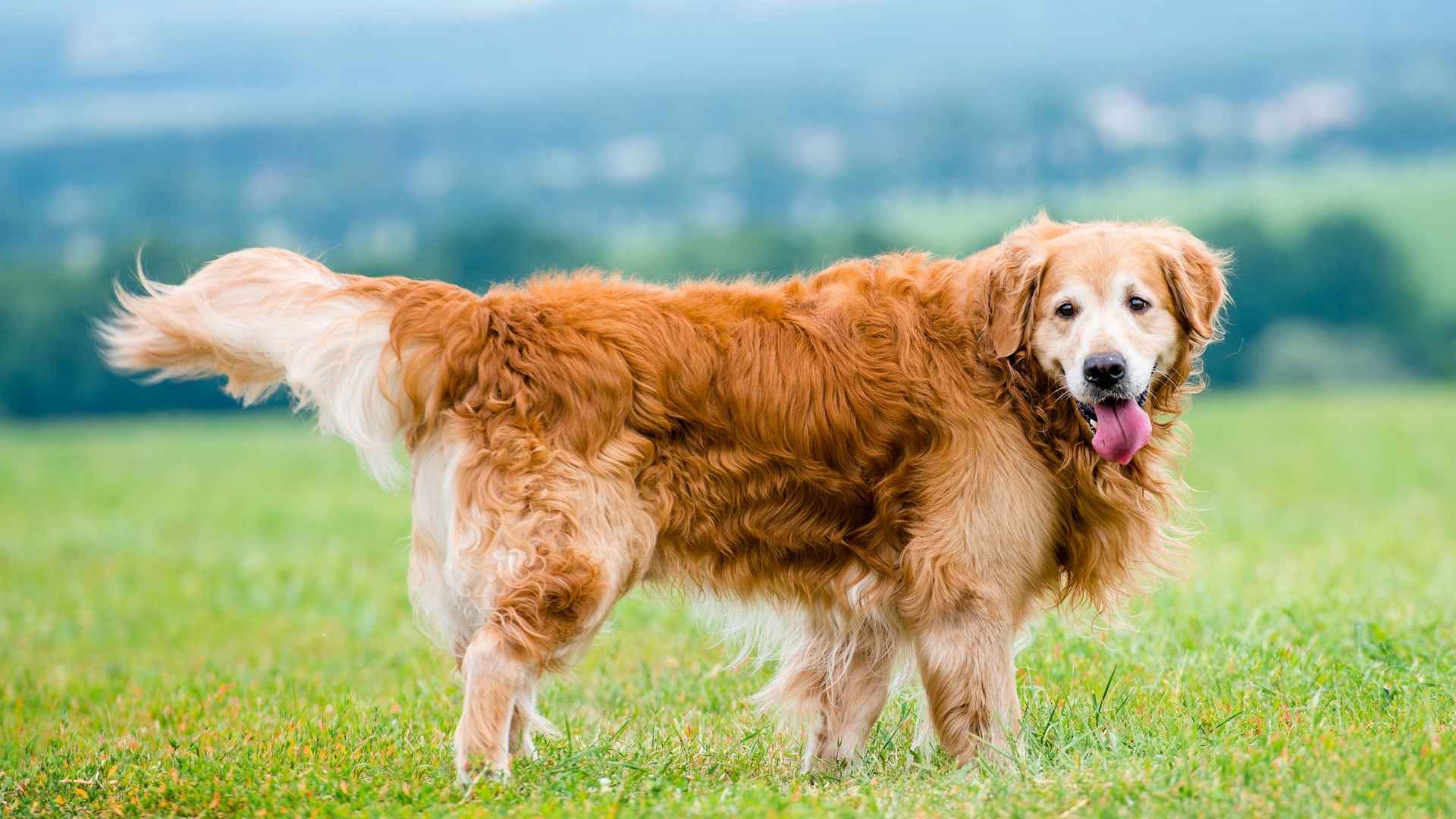The dogs who just do their own thing also exist in this world. Not in a rude way—more like “I love you, but I also really enjoy my personal bubble.” That’s the charm of detached dog breeds. They’re not clingy, they’re not constantly begging for belly rubs—they’re cool, calm, and confidently independent.
Now, don’t get it twisted. These pups aren’t cold-hearted or distant—they just don’t need to be velcroed to your side 24/7. And honestly, isn’t that kind of refreshing? Especially if you’re someone who appreciates a little space or leads a busier lifestyle.
What makes them even more interesting is how they show affection. It’s subtle, sometimes even mysterious. But when they choose you? Oh, you’ll know it. That quiet loyalty hits different.
So if you’re into low-drama, high-character companions who march to the beat of their own paws, you’re in the right place. Let’s meet the independent spirits of the dog world.
Detached Dog Breeds
1. Greyhound
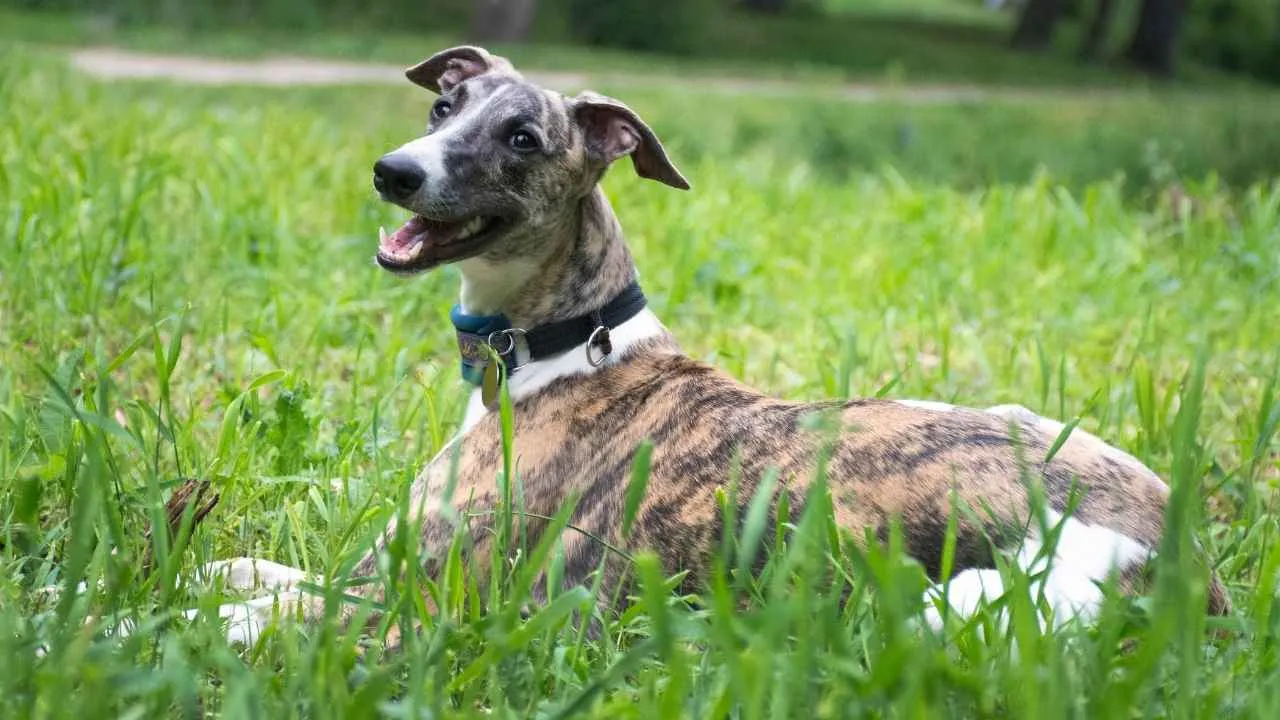
You might picture Greyhounds sprinting across racetracks, but off-duty? These dogs are world-class loungers with a surprisingly reserved personality. They’re gentle, calm, and low-key… and they really value their space. Unlike clingy breeds, Greyhounds aren’t constantly looking to be entertained or petted.
They are known for their emotional intelligence, according to Hill’s Pet Nutrition. They can read the room like a pro. If you’re stressed, they’ll give you space. If you’re calm, they’ll quietly join you—no drama, no fuss. It’s almost like they understand that not every moment needs to be filled with noise or chaos.
They’re affectionate dogs in their own quiet way, though. Don’t expect wild tail wags every time you come home—they’ll probably lift their head, give you a look like “oh hey, you’re back,” and go back to their nap. Detached? Yep. Lovable? 100%.
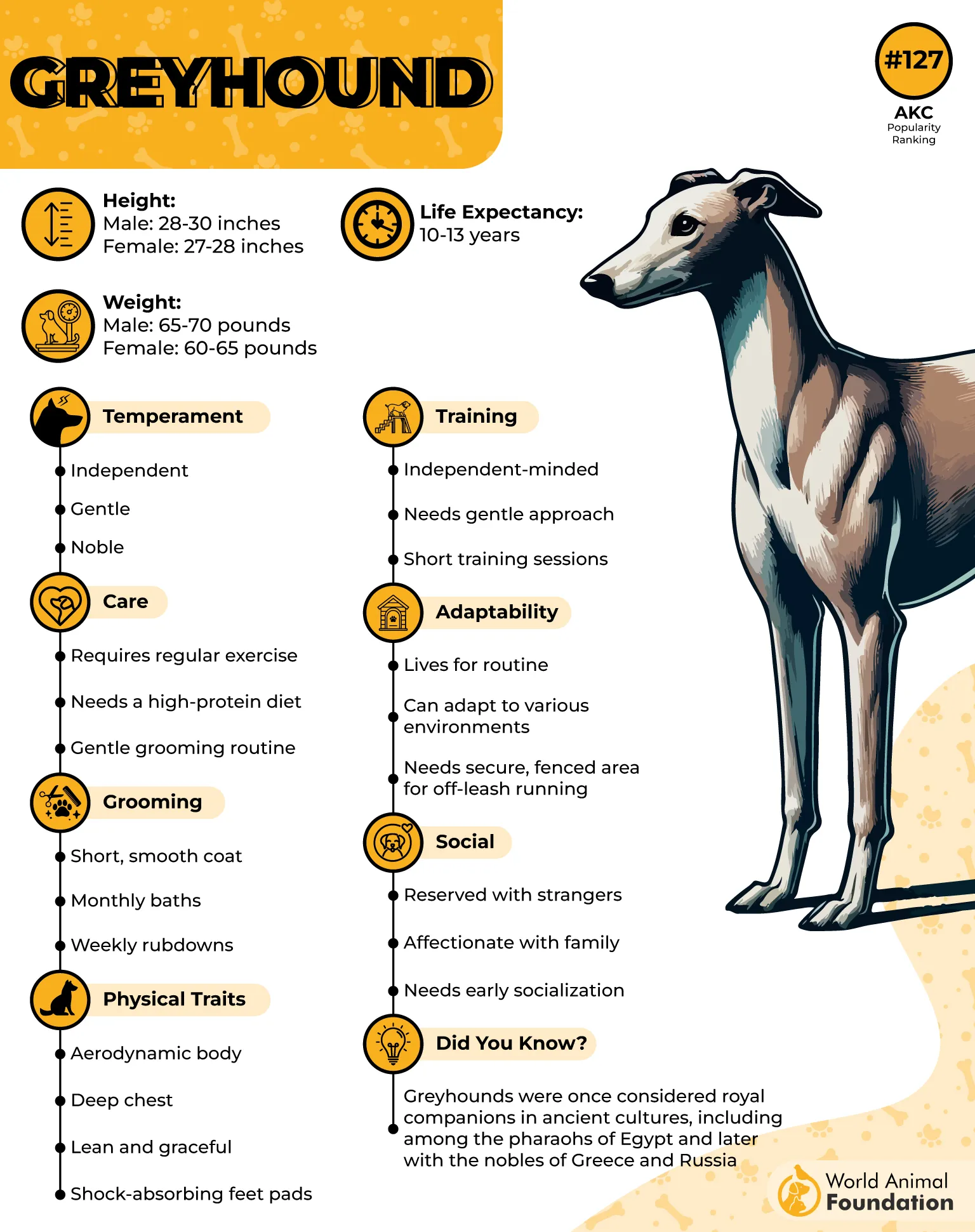
Interestingly, they’re often called “45-mph couch potatoes” because they’re built for speed but made for comfort. Greyhounds need a daily burst of exercise, but spend most of their time chilling like zen masters. You won’t find them begging for constant attention—they respect your downtime as much as theirs.
Ever met a dog that gives off “old soul” energy? That’s a Greyhound for you. They’re observant, thoughtful, and quietly elegant. You might not catch them being goofy all the time, but that rare moment they do break character? Pure gold.
Quick Fact: Despite their tall, athletic build, Greyhounds are surprisingly well-suited to apartment living. As long as they get a good sprint now and then, they’re more about naps than laps.
2. Basenji
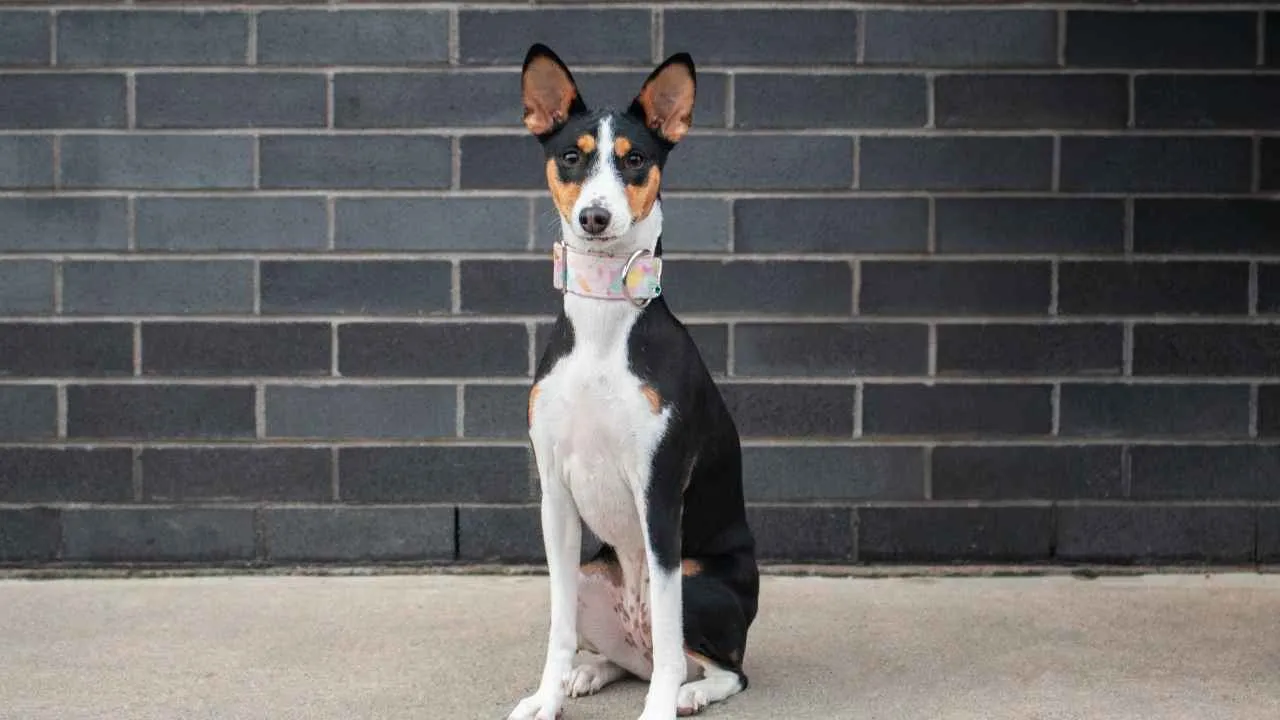
If dogs had introvert personalities, the Basenji would be the textbook example. They’re often called the “barkless dog,” but that doesn’t mean they’re silent—it means they communicate on their terms. These pups are independent thinkers with a wild streak of self-reliance baked right into their DNA.
What’s wild is how much they resemble a cat in behavior. They groom themselves, they’re super clean, and they don’t feel the need to impress anyone. Don’t be surprised if your Basenji just casually strolls past you without a second glance—unless they feel like hanging out.
These dogs are smart and intelligent, says Orvis. Like, scary smart. But they’re also selectively obedient. Ask them to sit, and they might raise an eyebrow like, “What’s in it for me?” It’s not defiance—it’s just that they prefer to weigh their options before following orders. Can you really blame them?
Basenjis were bred to hunt solo in the African bush, so naturally, they’re cool with doing their own thing. They don’t need a cheer squad or constant direction. That independence makes them perfect for folks who want a dog that doesn’t cling like Velcro.
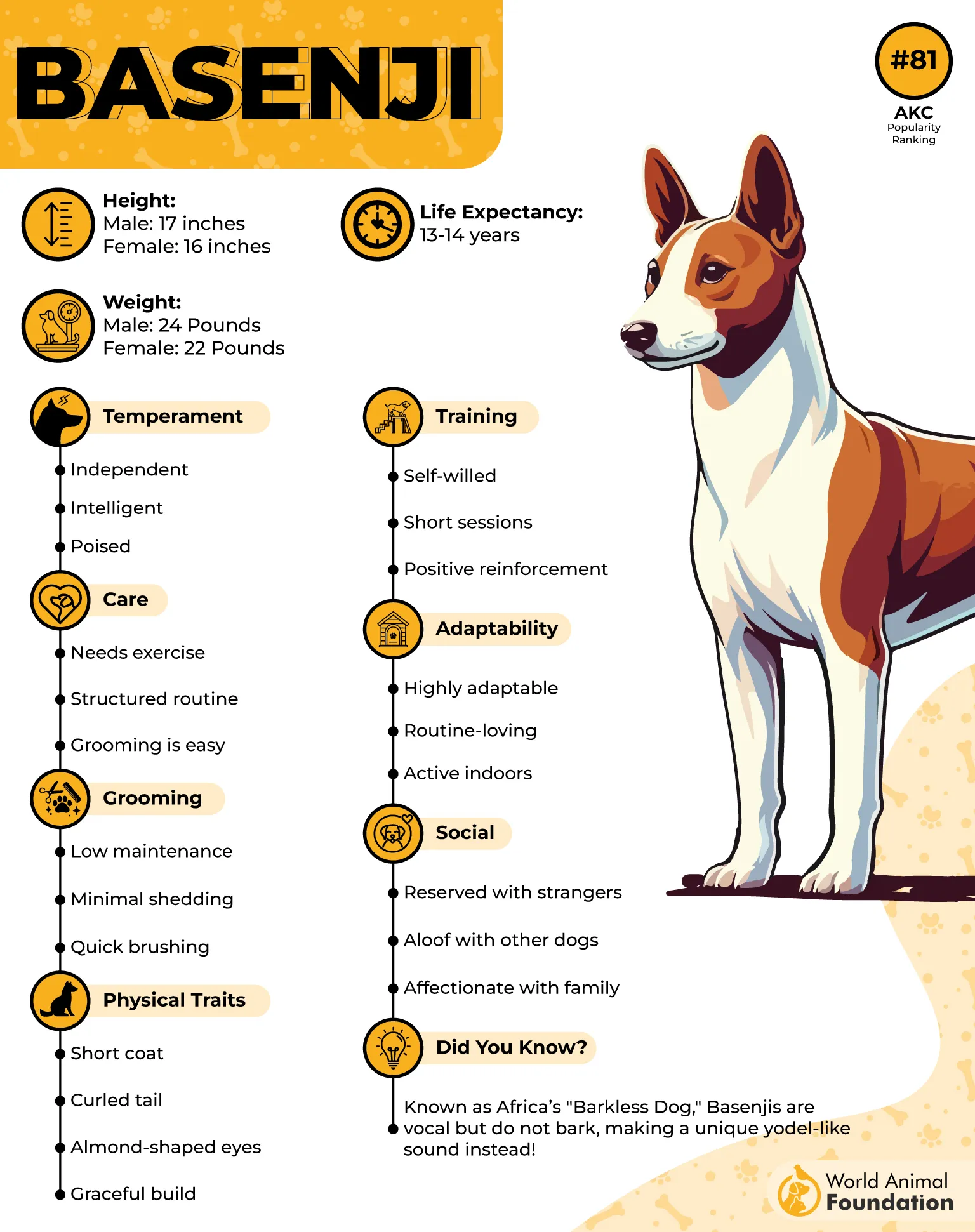
Ever walked into a room and realized your Basenji’s been silently observing you the whole time? Yeah, they do that. They’re super alert but rarely reactive. You’ll never catch them losing their mind over a doorbell or squirrel—they’re too dignified for that nonsense.
One thing you’ve got to respect is their energy. They’re fast, agile, and love to explore—but they don’t do it for you. They do it because they want to. If you’re the outdoorsy type who values quiet companionship over nonstop cuddles, you’re speaking their language.
3. Chow Chow
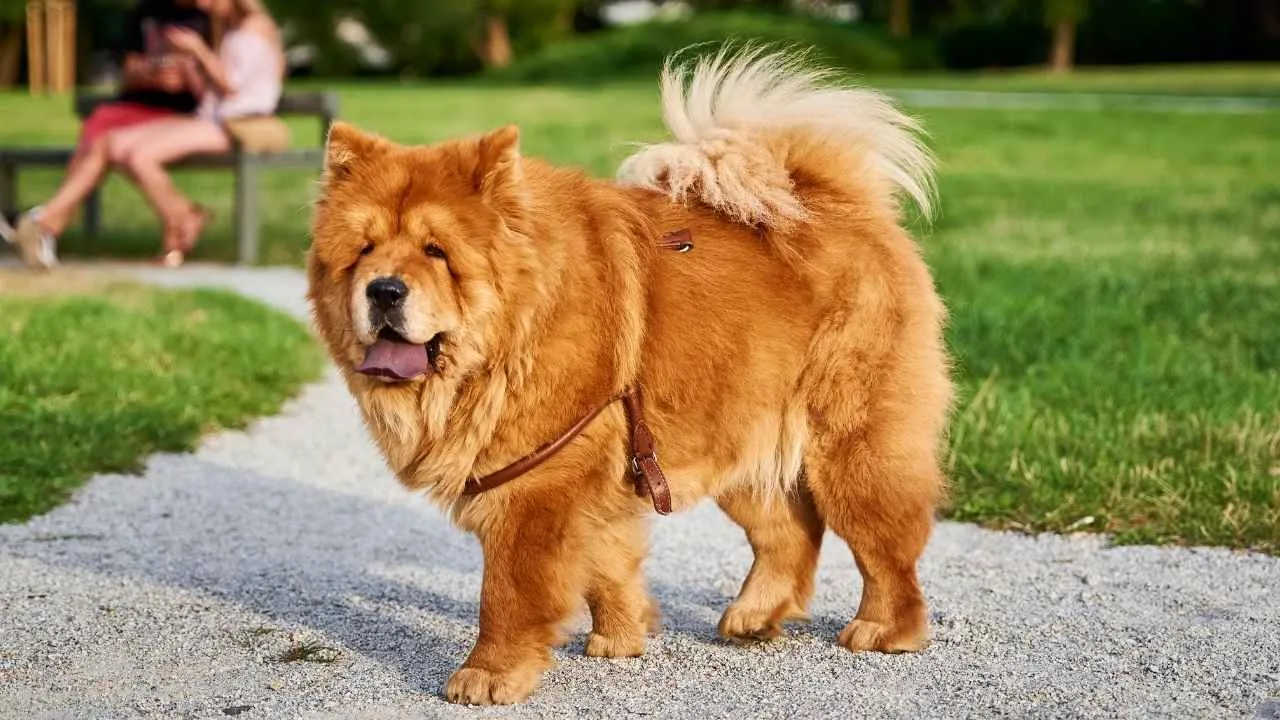
Chow Chows don’t just walk into a room—they own it. With their lion-like mane and icy stare, these dogs carry themselves with the kind of aloof dignity you’d expect from royalty. They’re not here to please; they’re here to coexist—on their terms.
They bond deeply with their family but aren’t big on public displays of affection and loyalty, says Petplan. Expect loyalty, not clinginess. Want a dog that throws itself into your arms every time you enter the room? Yeah… probably not the Chow. They’ll give you a nod of acknowledgment—if you’re lucky.
Training a Chow? It’s a lesson in patience and respect. These dogs don’t respond to force or flashy rewards. You have to earn their cooperation—and once you do, it’s like being granted access to a secret society. They respect calm authority, not chaos.
Socialization is key, especially early on. They’re naturally reserved with strangers and not huge fans of unpredictability. But here’s the thing—they’re not mean, they’re just discerning. They take time to warm up, and when they do? You’ve got a fiercely devoted, no-nonsense protector.
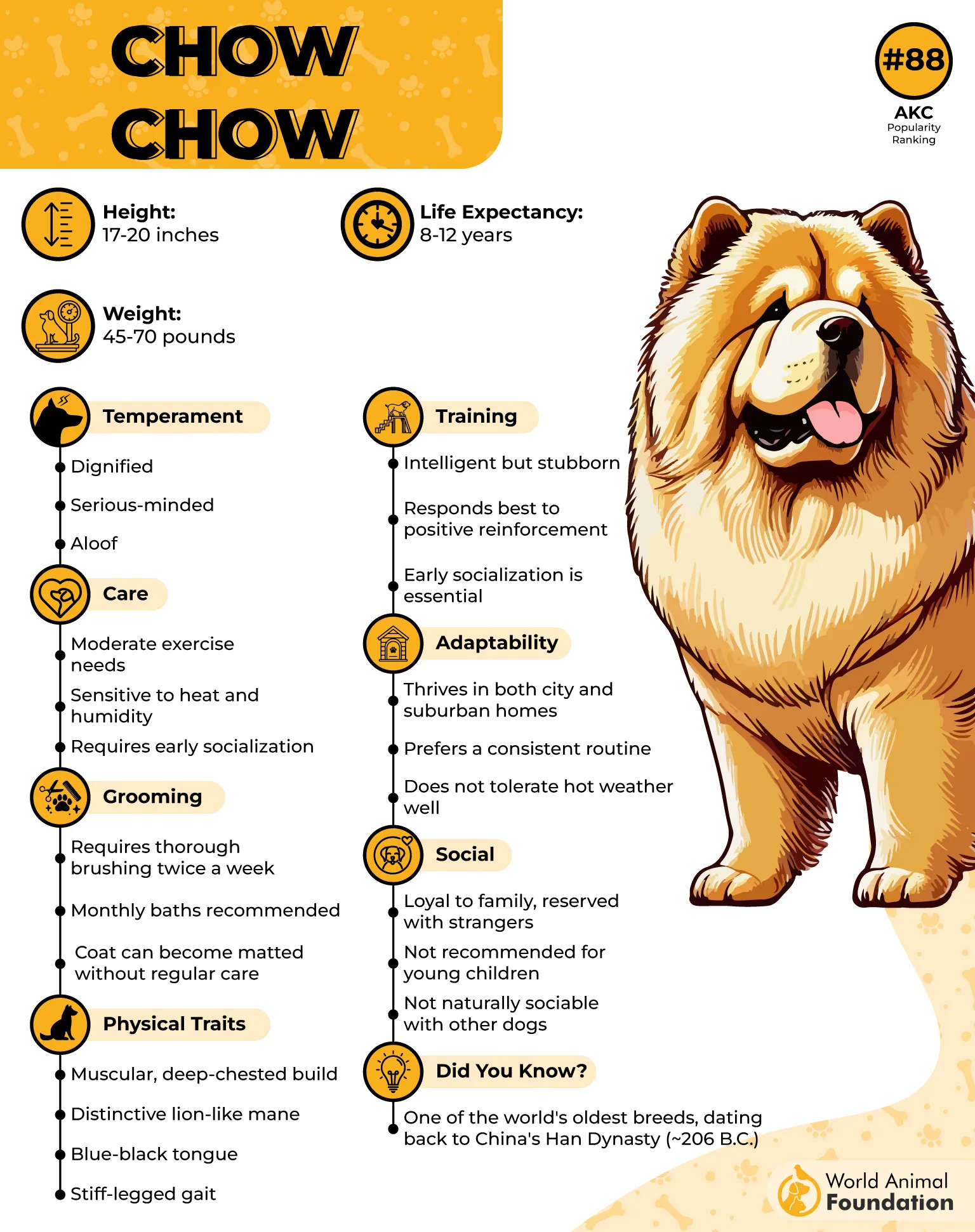
Their grooming needs are no joke. That plush double coat isn’t just for show—it demands maintenance. But while they might look like living teddy bears, they’re not the cuddly type. That fluff hides a very strong sense of self and a surprising stubborn streak.
4. Afghan Hound
If dogs were runway models, Afghan Hounds would dominate Fashion Week. But don’t let the silky coat and flowing locks fool you—behind that glamour is a fiercely independent spirit. These dogs are elegant and elusive, and they honestly like keeping it that way.
They’re one of the oldest dog breeds in the world, and you can feel that ancient energy when you’re around them. There’s a wisdom in their eyes, like they’re quietly judging your playlist—or maybe just contemplating the meaning of life. Either way, they’re definitely not begging for attention.
Their aloofness isn’t rudeness—it’s refinement. They were bred to hunt solo in the mountains of Afghanistan, relying on their own instincts, not commands from humans. That independence is deeply rooted in their DNA.
Another fun twist—they’re surprisingly goofy when they let their guard down. Catch them in the right mood and they’ll zoom around the house like a supermodel on espresso. But the moment someone pulls out a phone? Back to mysterious elegance, like nothing ever happened.
Afghans thrive in homes that respect their need for space and calm. Loud chaos and clingy energy? Not their scene. They prefer low-drama households with a sense of routine—and, let’s be honest, maybe a good breeze for their hair.
5. Alaskan Malamute
Alaskan Malamutes aren’t the type to follow you from room to room, hoping for attention. Nope—these dogs are built differently. With their working-dog roots and pack-focused instincts, they’ve got a strong sense of independence and a serious “I’ve got this” energy.
These dogs were bred to haul heavy loads across icy tundras, often with little guidance. That instinct to take initiative and think independently is still very alive in the modern Malamute. Ever tried telling one “no” twice? You’ll see exactly what I mean.
Malamutes are more reserved than most people expect. They don’t usually warm up to strangers quickly, and they definitely don’t wear their emotions on their furry sleeves. That doesn’t mean they’re unfriendly—they’re just cautious and intentional with their affection.
The thing that makes them different is their pack mentality. They need structure, but not in a clingy way. They do best when they know their role in the household, and once they do, they’ll stick to it like clockwork. But don’t expect them to grovel. Respect flows both ways.
Living with a Malamute means embracing their wolf-like traits: pride, independence, and a bit of mystery, says AKC. They might disappear into the yard just to sit and think. Seriously, sometimes it feels like they’re meditating out there. Can you blame them?
6. Shiba Inu
Shiba Inu don’t follow trends—they are the trend. Known for their foxy looks and cool confidence, these dogs are detached in the most iconic way possible. They don’t just march to the beat of their own drum—they composed the song and refused to share the playlist.
PetMD states that they’re deeply intelligent, but they won’t jump to impress. In fact, a Shiba will often pause before responding to a command, not because they’re confused, but because they’re deciding whether or not it’s worth their time. Can you really call it stubbornness when it looks that intentional?
Shiba’s uniqueness lies in its remarkable ability to remain emotionally self-contained. They don’t panic when you leave the house. They don’t throw tantrums for attention. They’ll give you a glance like, “Don’t worry, I’ve got it handled,” and strut off with confidence.
Ever tried calling a Shiba who’s busy exploring? You’d think you were talking to yourself. It’s not that they don’t hear you—they’re just prioritizing their current task. They value independence so much, it’s like living with a tiny, fluffy philosopher.
Shiba are also known for their intense cleanliness. They’ll avoid mud, lick their paws like cats, and get visibly annoyed if you mess up their fur. Seriously, they might side-eye you harder than a grumpy roommate with OCD. Grooming them feels more like a negotiation than a bonding session.
7. Saluki
The saluki is a dog that looks like it stepped straight out of a Persian painting. These dogs move like silk and behave like royalty that doesn’t need your approval. They’re affectionate in fleeting, blink-and-you-miss-it moments, which somehow makes them even more fascinating.
Salukis aren’t emotionally needy. In fact, they prefer not to be smothered. If you’re the type who loves space and mutual respect, you’re speaking their language. They’ll hang out near you, maybe stretch luxuriously, but don’t expect a lot of clingy affection.
They’re incredibly fast—like, “outrun-a-gazelle” fast—but they don’t brag about it. You won’t see a Saluki bouncing off the walls. Instead, they conserve energy and explode into motion only when they feel like it. It’s that perfect combo of calm and capable.
Socially, they’re not unfriendly, just…selective. They’ll greet guests with politeness, not excitement. They’re not cold—they just believe in maintaining a bit of mystique. Honestly, it’s kind of refreshing in a world full of tail-wagging extroverts.
Want a dog that can handle alone time without destroying your house? Salukis were made for it. They don’t get separation anxiety like more dependent breeds. In fact, they’ll probably just nap, reflect, or gaze out the window like a daydreaming poet.
8. Chinese Shar-Pei
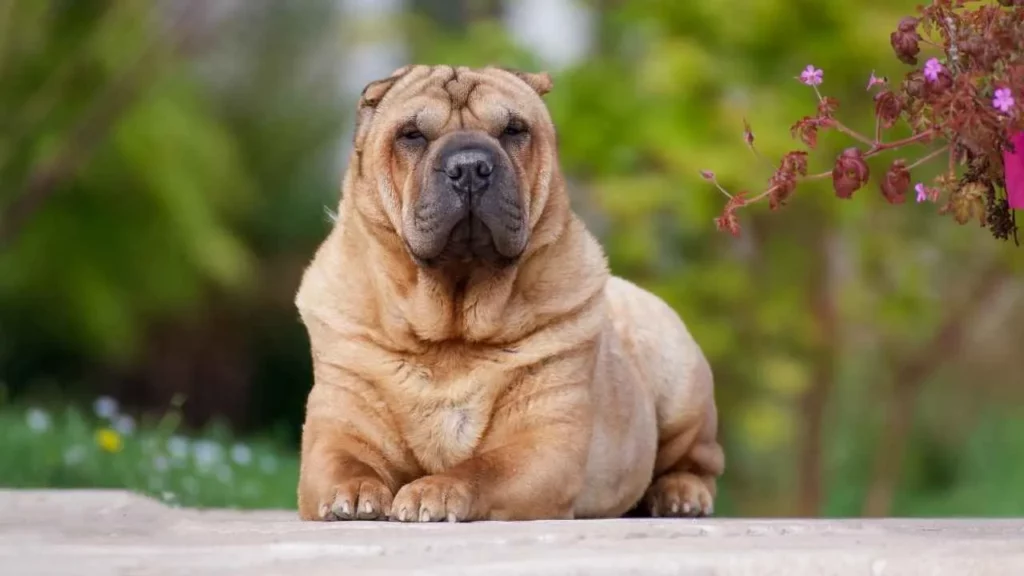
The Chinese Shar-Pei doesn’t try to be mysterious—it just is. With that signature wrinkled face and guarded gaze, this dog practically radiates “I’ll let you in when I’m ready.” And when they do let you in? You’ve earned a quiet, unwavering loyalty that’s seriously rare.
This breed isn’t one to wear its heart on its sleeve. They’re reserved, calm dogs, and they are not particularly eager to please strangers—or anyone, really. If you’re expecting tail wags and goofy antics at the door, Shar-Peis will politely sit that one out.
Their incredibly strong sense of self is what sets them apart. Britannica states that they’re confident, composed, and not easily rattled. Whether it’s a noisy environment or unfamiliar guests, they handle it with the same stoic coolness. Ever seen a dog look at chaos and just blink? That’s a Shar-Pei.
Shar-Peis were originally bred as guard dogs, and you can feel it in the way they carry themselves—alert, aware, but never loud or reactive. They don’t bark for attention. When they make noise, they mean it. And that quiet confidence? It’s kind of mesmerizing.
They’re not loners in a sad way—they’re independent in a dignified, almost philosophical way. They’ll be near you, but not all over you. And when they want affection, it’s subtle—like a quick lean or a gentle nudge. Then they’re gone again, back to their personal bubble.
9. Akita
The Akita doesn’t bark orders—it simply watches, calculates, and decides if something’s even worth reacting to. These dogs carry themselves like ancient warriors, quiet but commanding. Want a companion that’s cool under pressure and doesn’t beg for attention? Say hello to the Akita.
This isn’t the breed for people who want a shadow. Akita are more like calm sentinels—always nearby, always watching, but rarely clinging. VCA states that they’re incredibly loyal and devoted, but on their own terms. Think of them as the strong, silent type who doesn’t do drama.
What’s unique about the Akita is how they form deep, exclusive bonds. They usually choose one or two humans and build a quiet, unshakable loyalty to them. Everyone else? Tolerated at best. But if you’re “the one,” they’ll stand by you like a silent bodyguard.
They were bred in Japan to hunt boar and even bears—yes, bears—so their independence is baked in. Akita doesn’t need constant direction. They assess situations and act based on instinct and logic. It’s less “follow the leader” and more “I’ll step in if you mess this up.”
They’re surprisingly quiet, too. Most Akita don’t bark unless there’s a real reason. When you hear that low growl or sudden bark, trust that it means something. They’re not chatty—they’re strategic. And in a noisy world, that kind of presence hits differently.
Quick Fact: In Japan, the Akita is a symbol of loyalty and protection. Statues of them are often gifted to families welcoming new babies—as if to say, “Here’s your lifelong guardian.” That depth of symbolism? It fits them perfectly.
Conclusion
Detached dog breeds may not constantly seek out physical contact or demand constant attention, but that doesn’t mean they aren’t amazing companions. These dog breeds often exhibit a strong independent nature, which can be traced back to why they were originally bred. Take the Afghan Hound, for example—initially bred for hunting, this breed is known for its distinctive appearance and aloof attitude, yet it thrives with the right owners who respect its individuality. Shar Peis, with their lion-like mane and reserved demeanor, are another classic example.
Though these dogs might not fawn over every stranger, they are incredibly loyal to their loved ones when raised with early socialization and appropriate mental stimulation. Breeds like the Scottish Terrier, Chihuahuas, and even the stoic Alaskan Malamute tend to be more selective in forming strong bonds. They don’t mind a little solitude and are content entertaining themselves, which is a bonus for owners with a busier lifestyle or less space for outdoor adventures.
These intelligent dogs often display a stubborn streak and require consistent training to keep them mentally sharp and to avoid destructive behavior like chewing or excessive barking. While they may not fit the mold of affectionate dog breeds like Golden Retrievers or Cavalier King Charles Spaniels, they still bring tremendous value to the lives of those who appreciate their temperament and sense of autonomy. These canine companions may not be fond of being coddled like Labrador Retrievers or other affectionate-nature breeds, but they offer a kind of loyalty that is both quiet and steadfast. With the right training, exercise, and understanding of their personality, detached dogs can still thrive in family settings or as solo companions.


